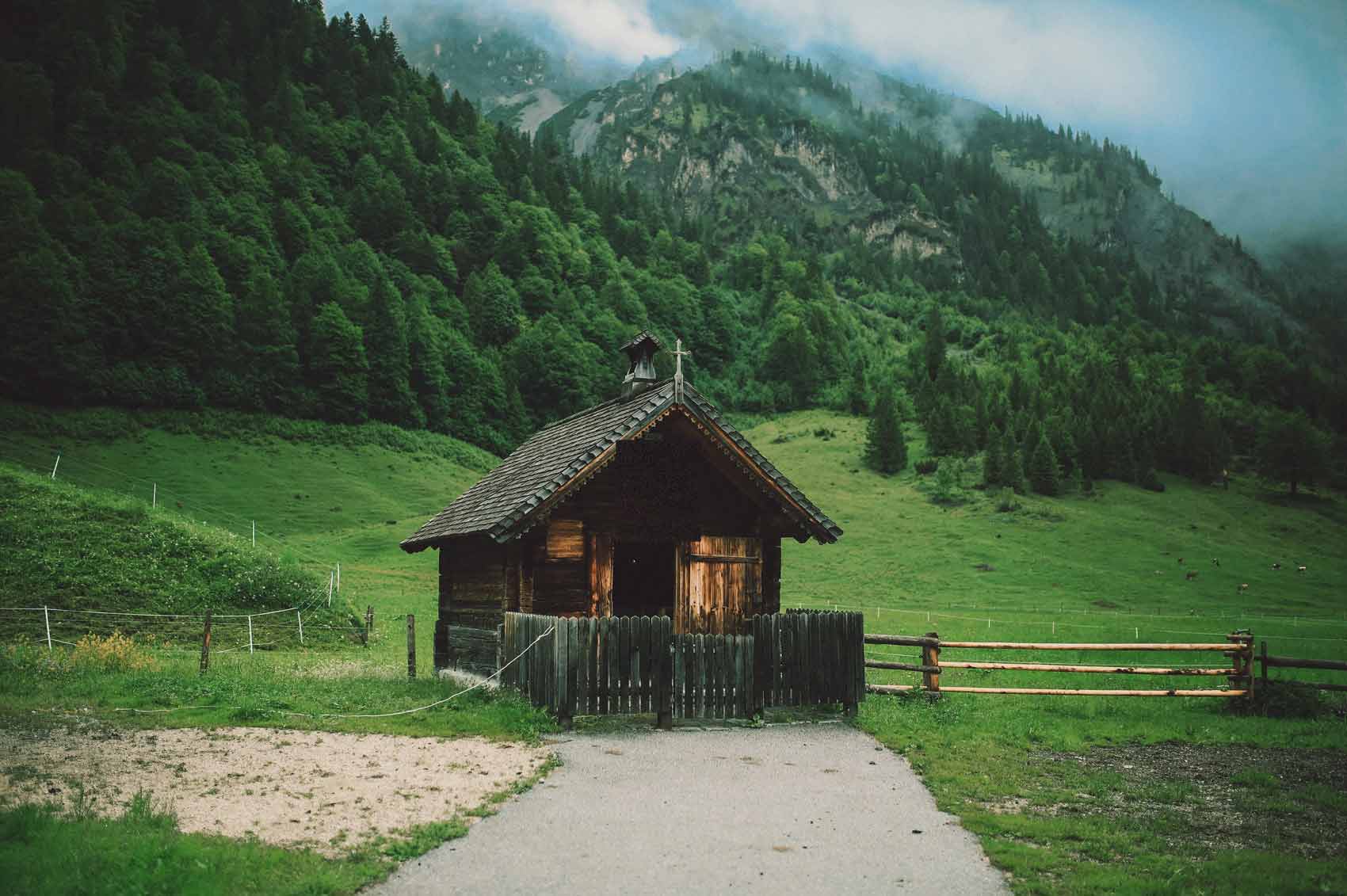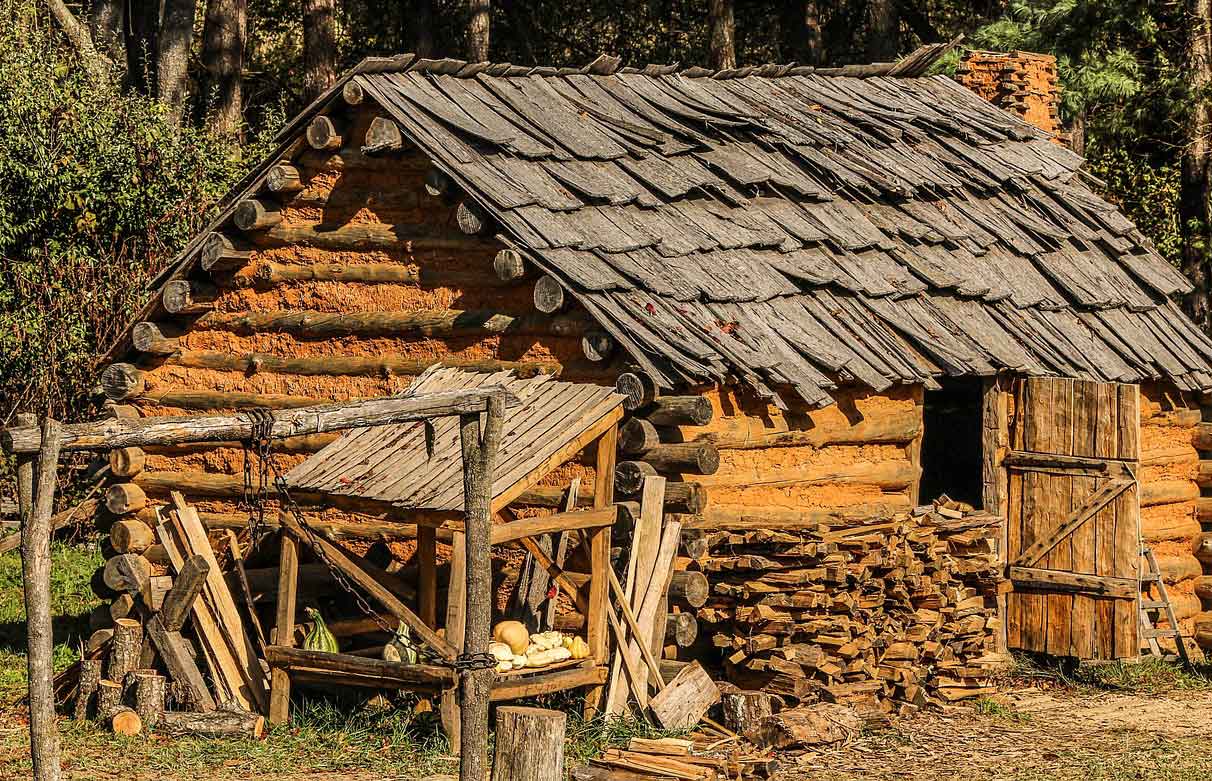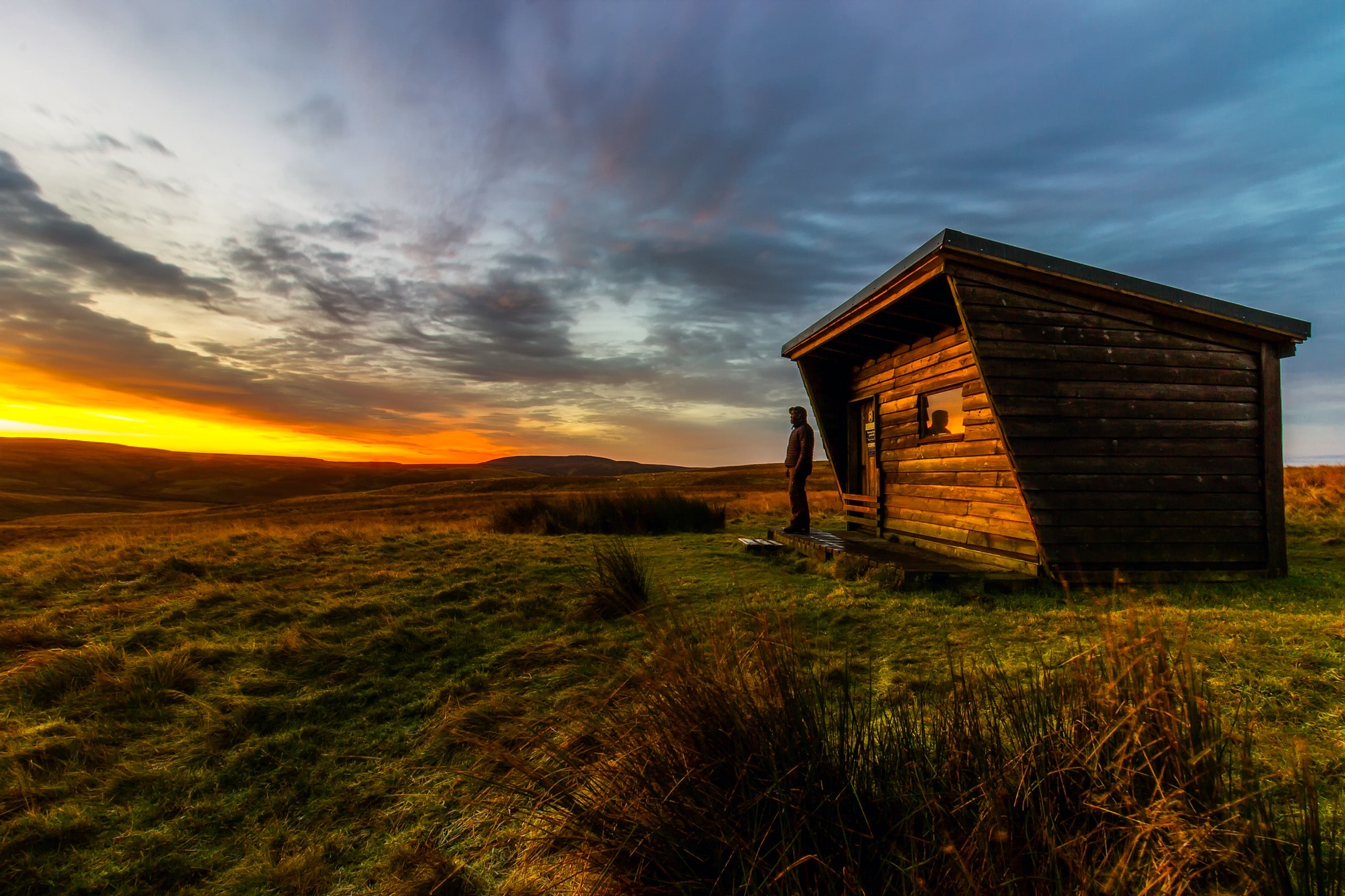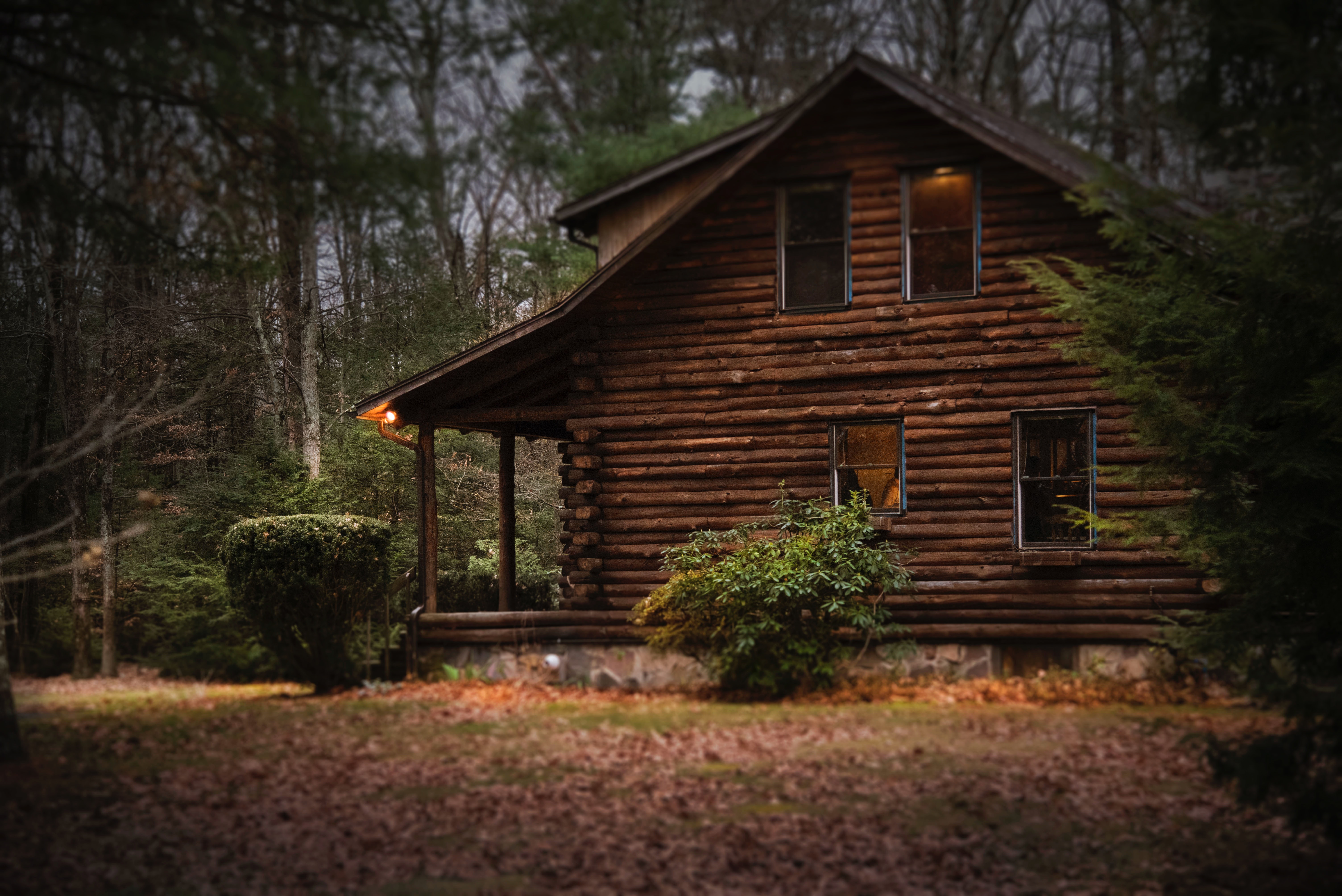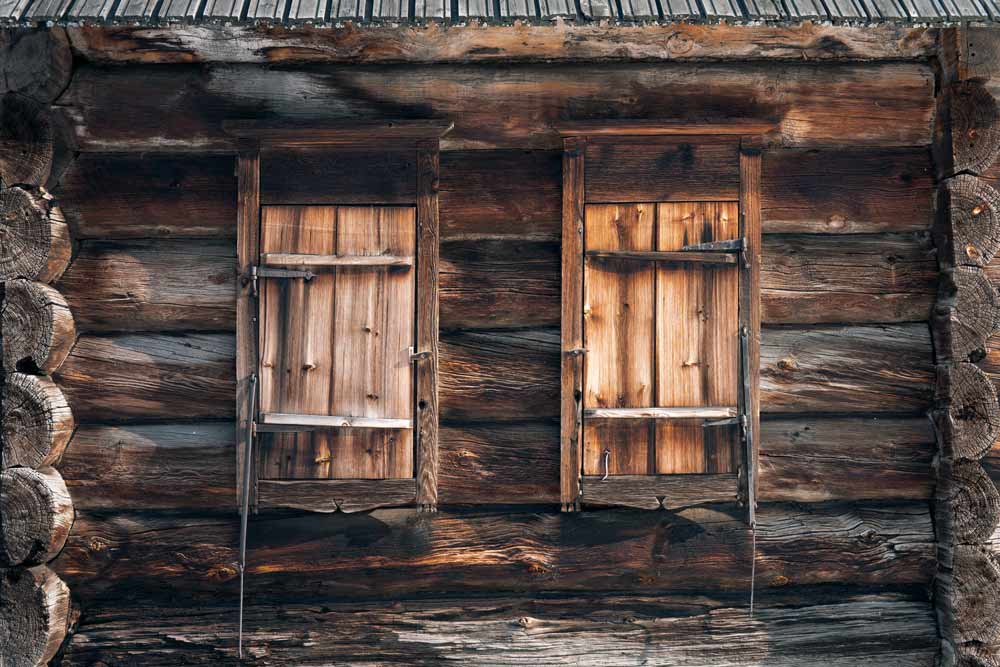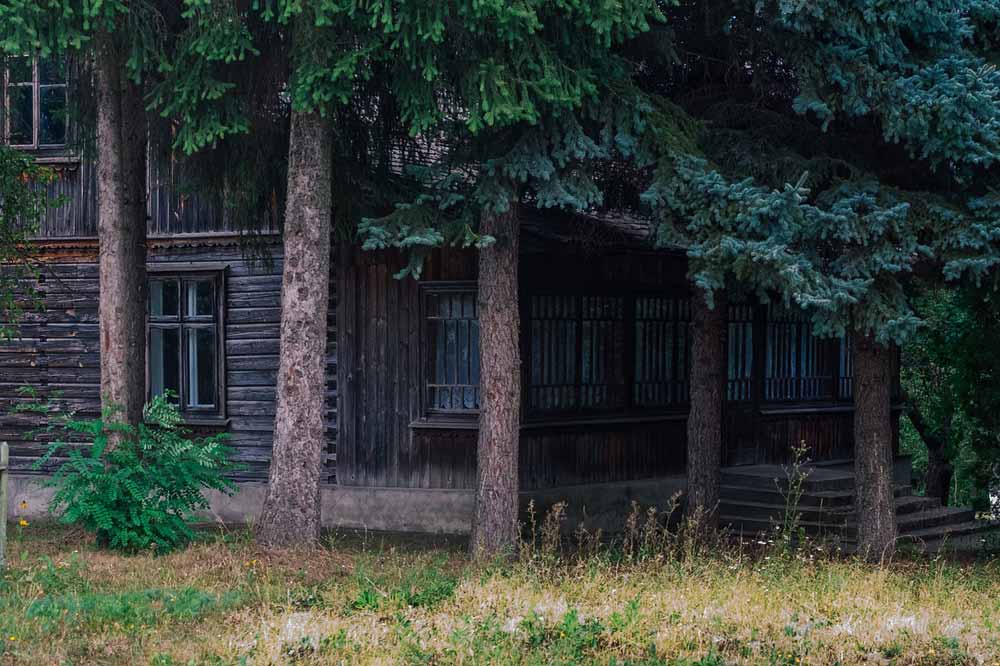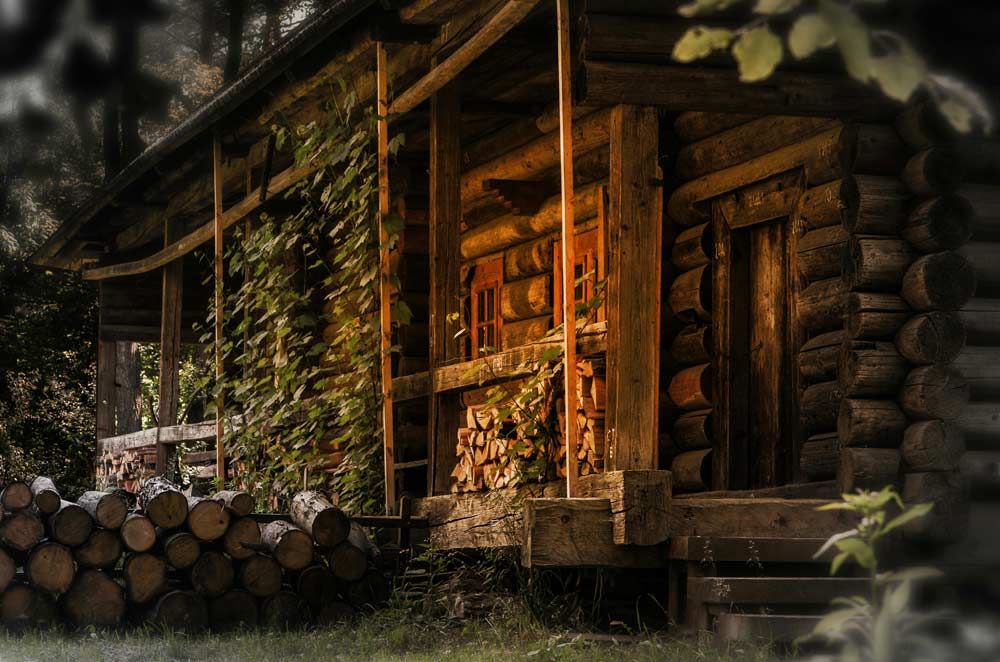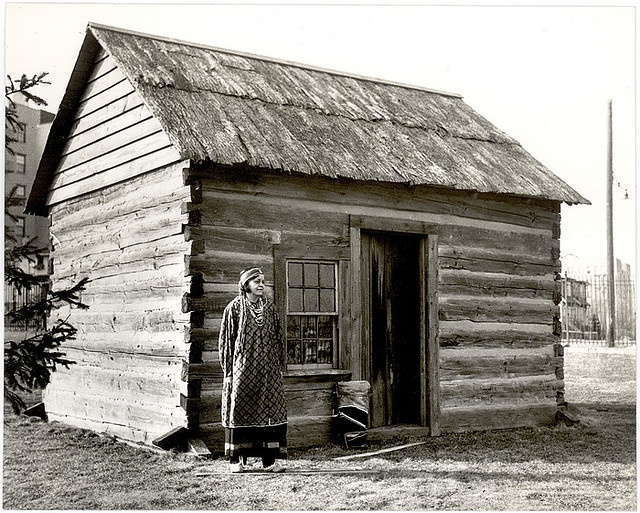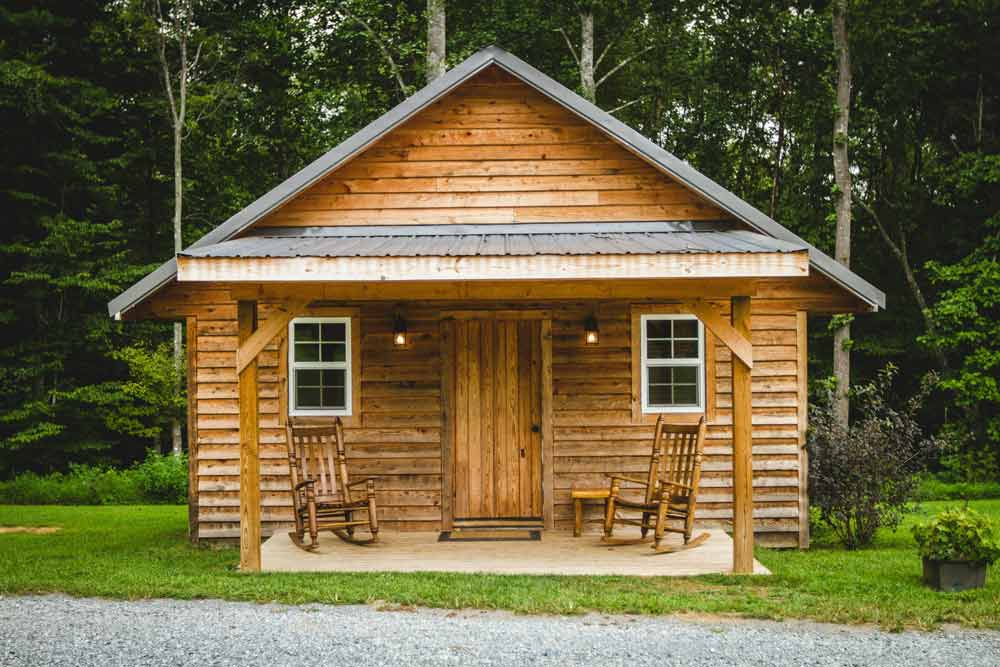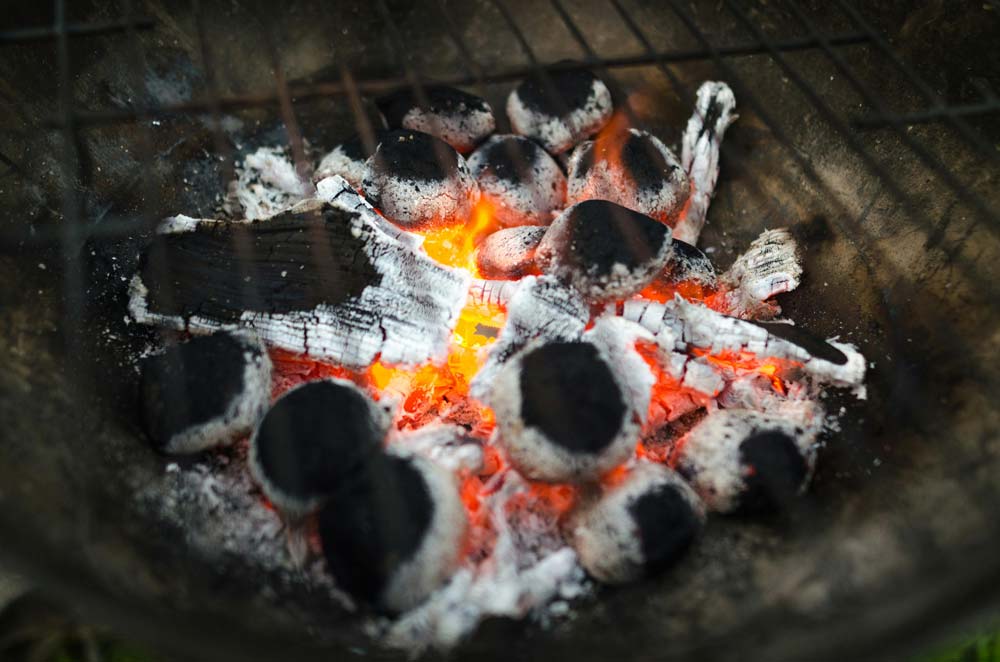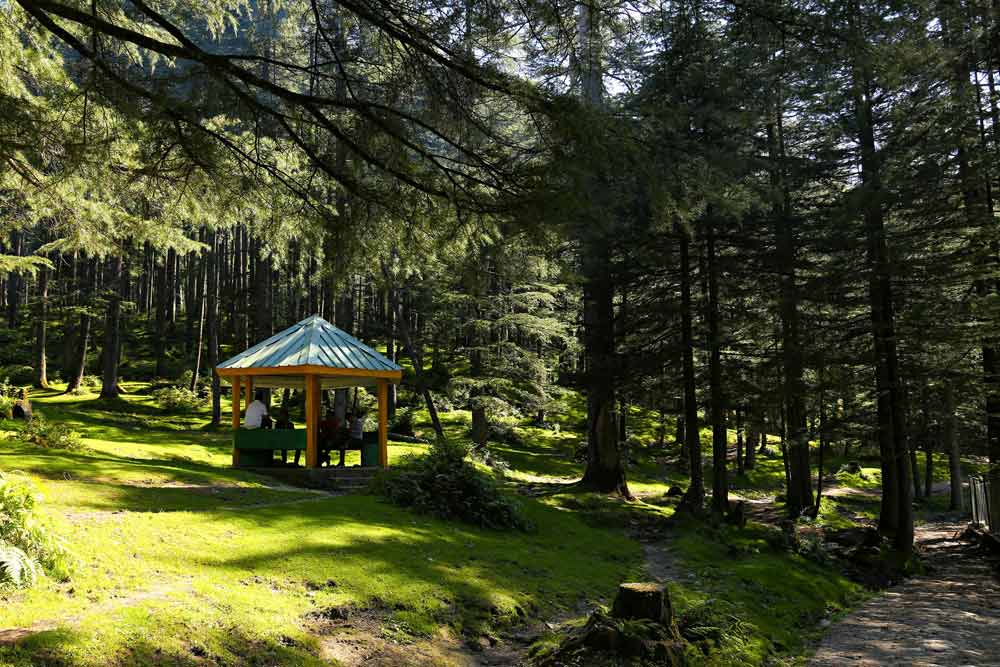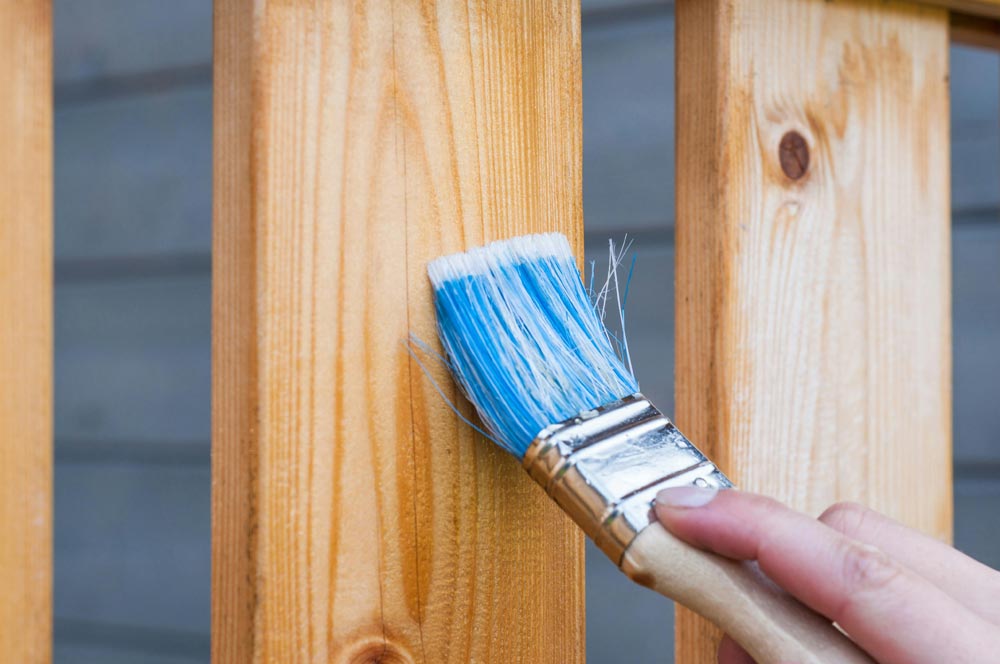Compared to traditional pieces of construction, log cabins are often considered to be healthier for the natural environment. But is this really the case?
The short answer is yes, log cabins can, and generally are, very environmentally friendly. There are many ways to ensure that this is the case and one of the easiest is to use local timber merchants and other tradespeople. This reduces the need for long-distance travel and ultimately the carbon footprint of any outdoor huts and gazebos.
Another simple way to improve the environmental credentials of log cabins is to use sustainable wood and other building materials. These can be recycled goods, wood that is grown and cut down in an appropriate way and using paints and stains which are low in those ingredients which have an impact on the ozone layer.
To reduce the consumption of power, inserting large windows for natural light into bbq huts, hot tub garden rooms or simple log cabins will negate the need to use artificial lighting sources. Securing solar panels to the cabin roof also will reduce the need for heating or cooling systems which again, curtails the use of polluting gadgets.
On the outside of the cabin, adding gardens or areas where lots of plants can be grown will not only increase oxygen levels, but may also be a source of organically grown fruit and vegetables, which are healthier than many shop bought items.
Our team members at Logspan can help you make sure you use the best materials for your log cabins, so give us a call today.
